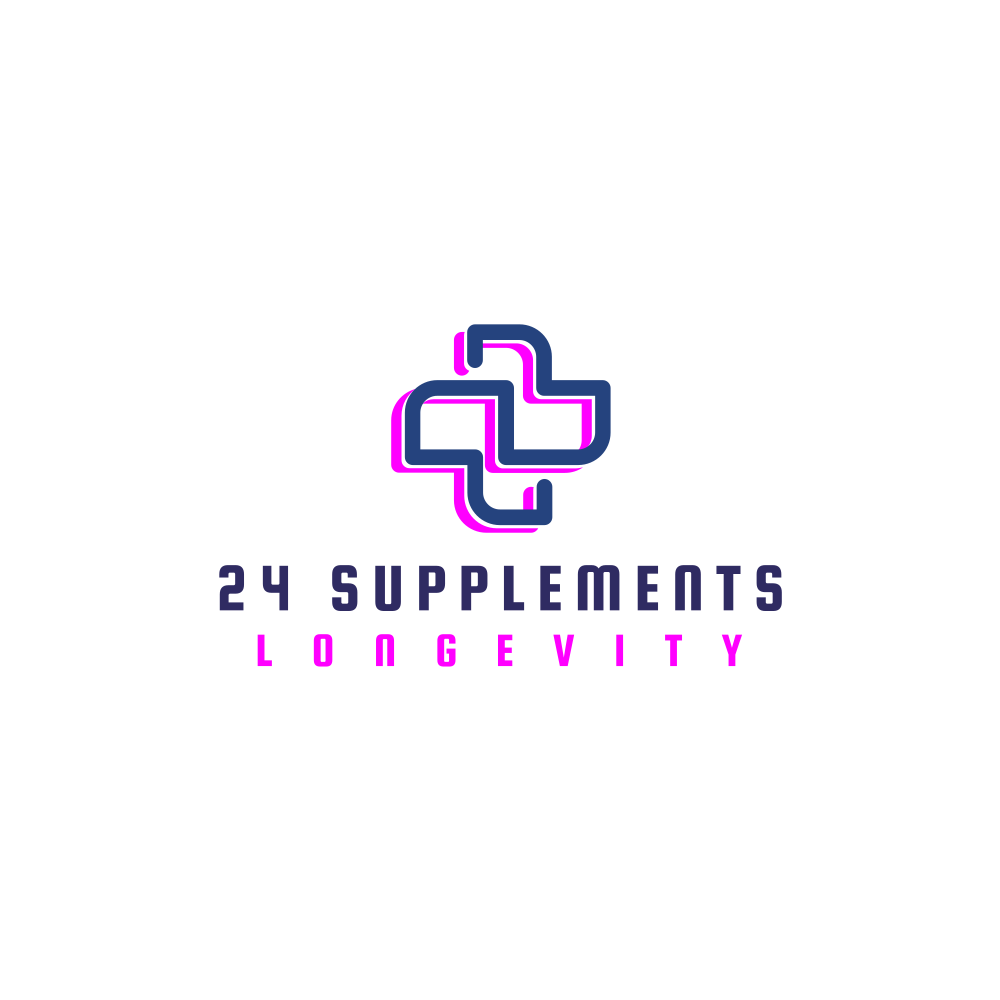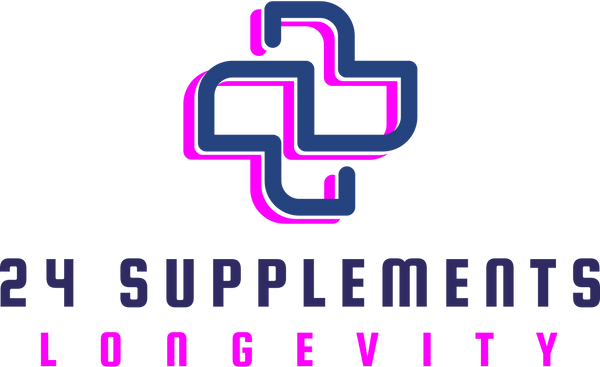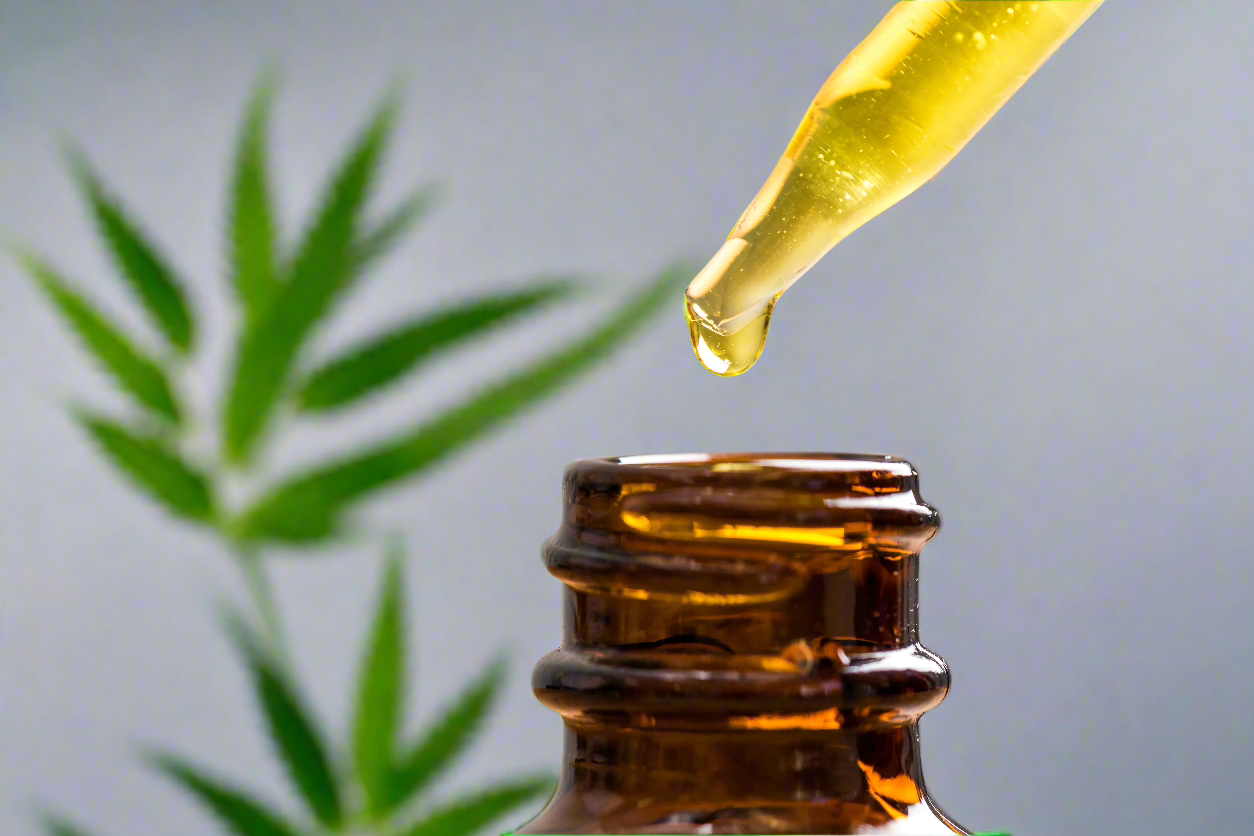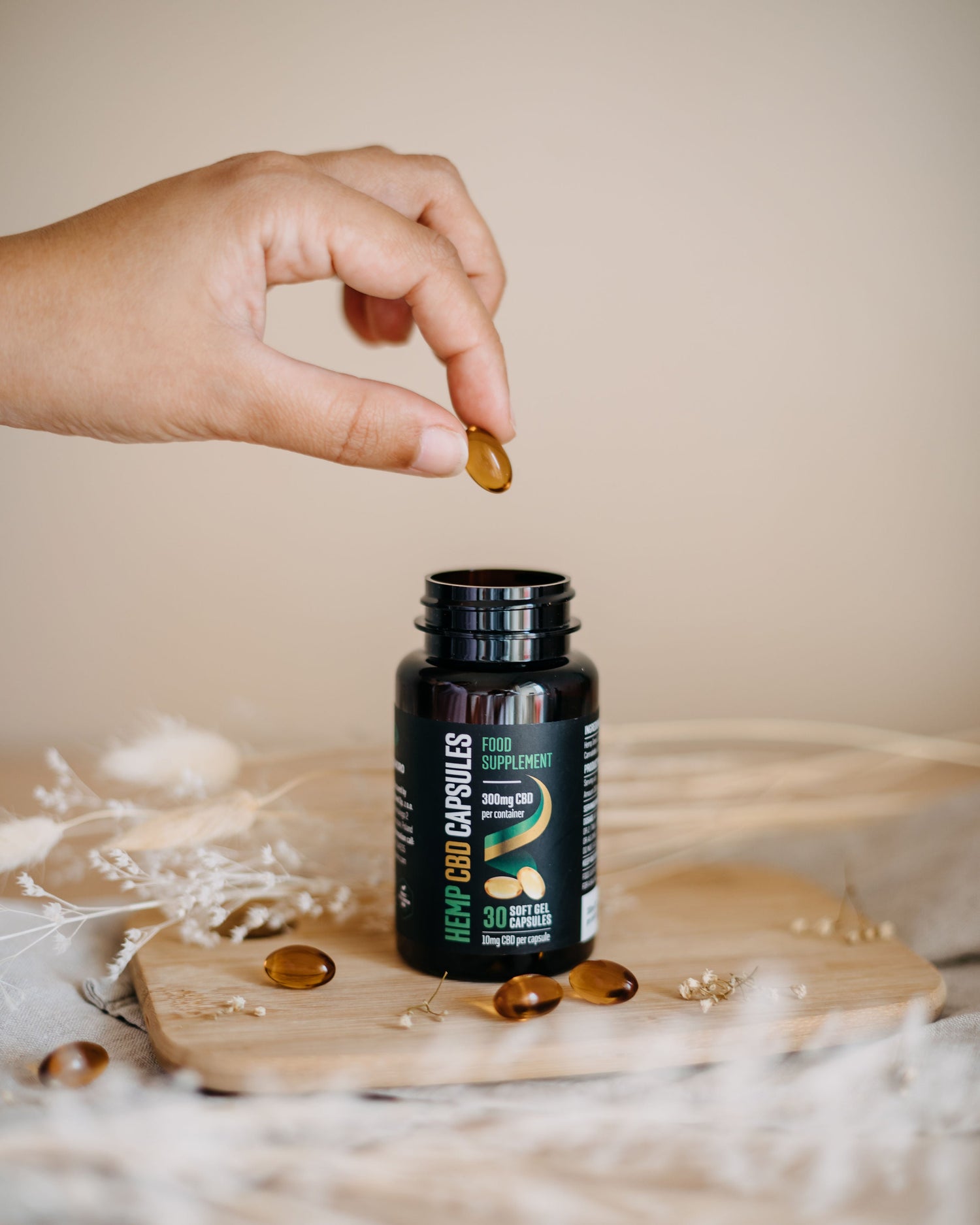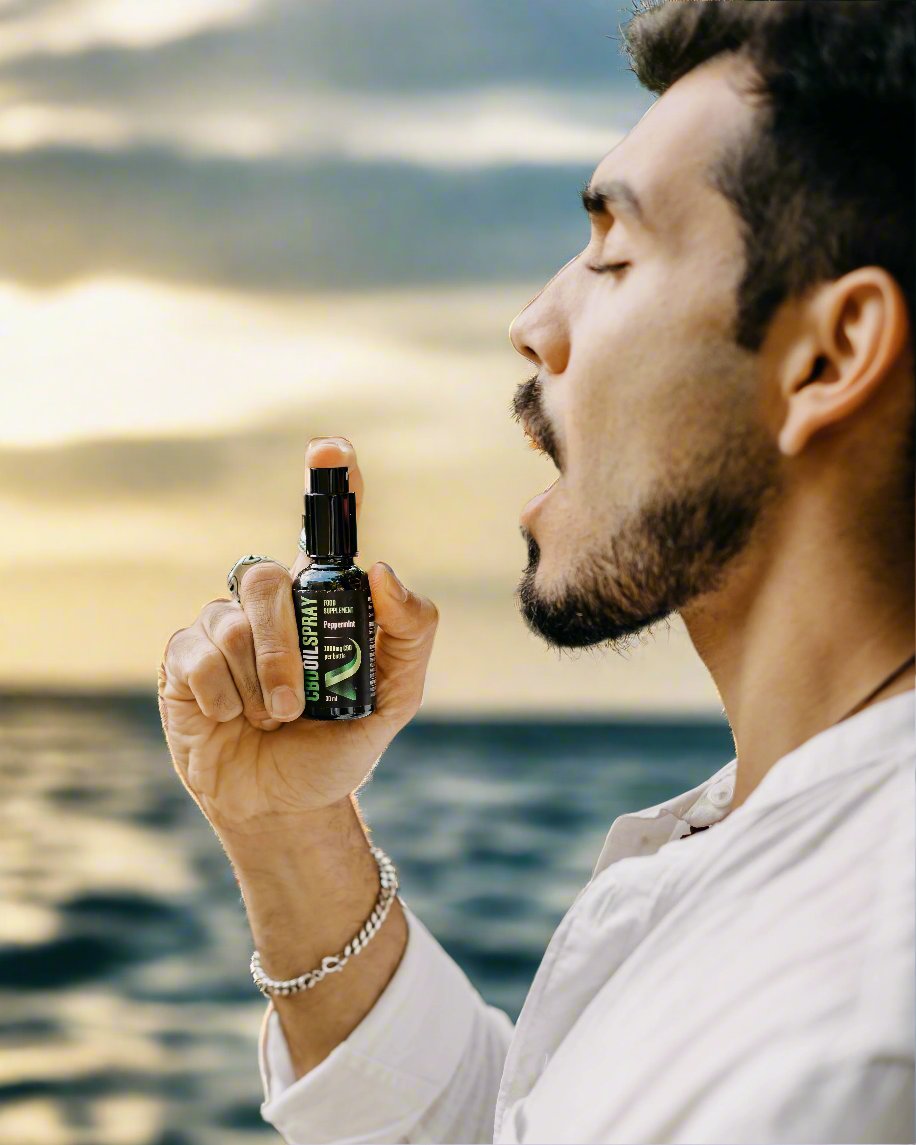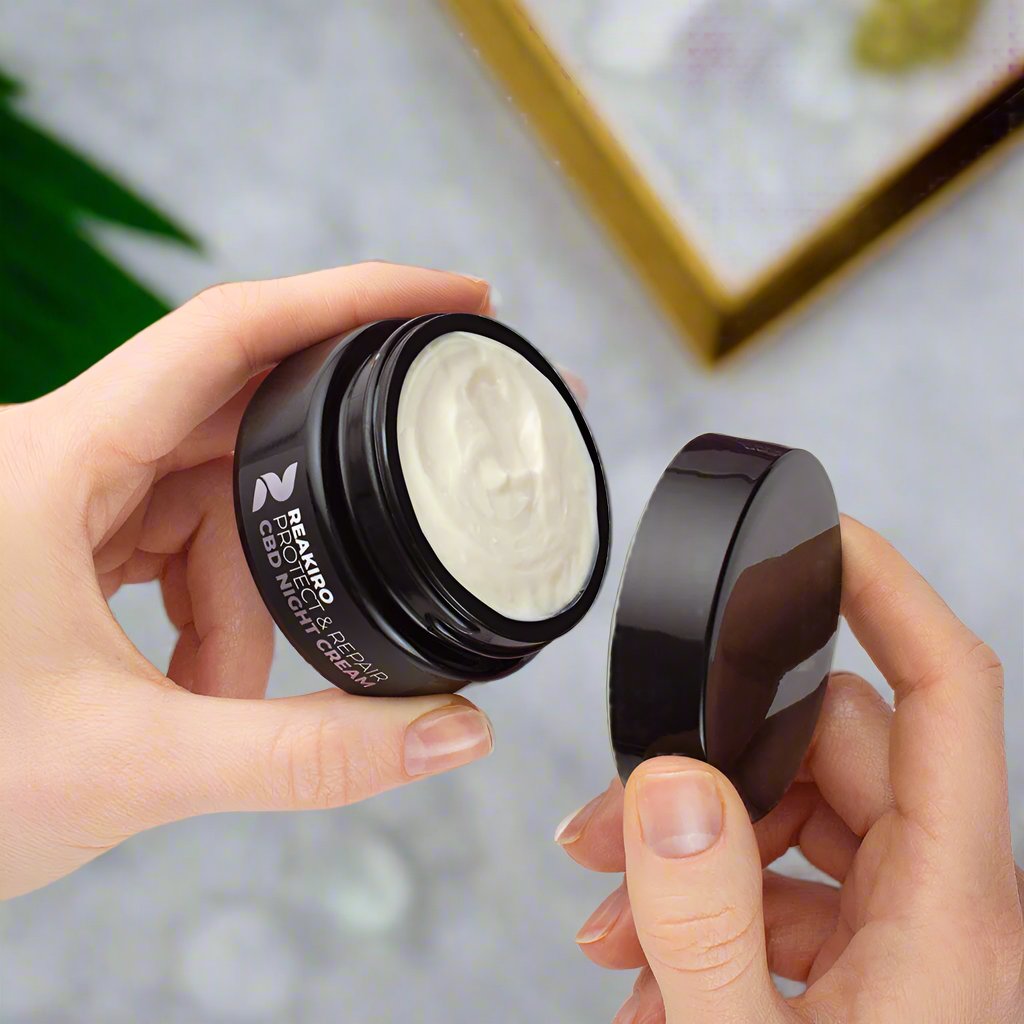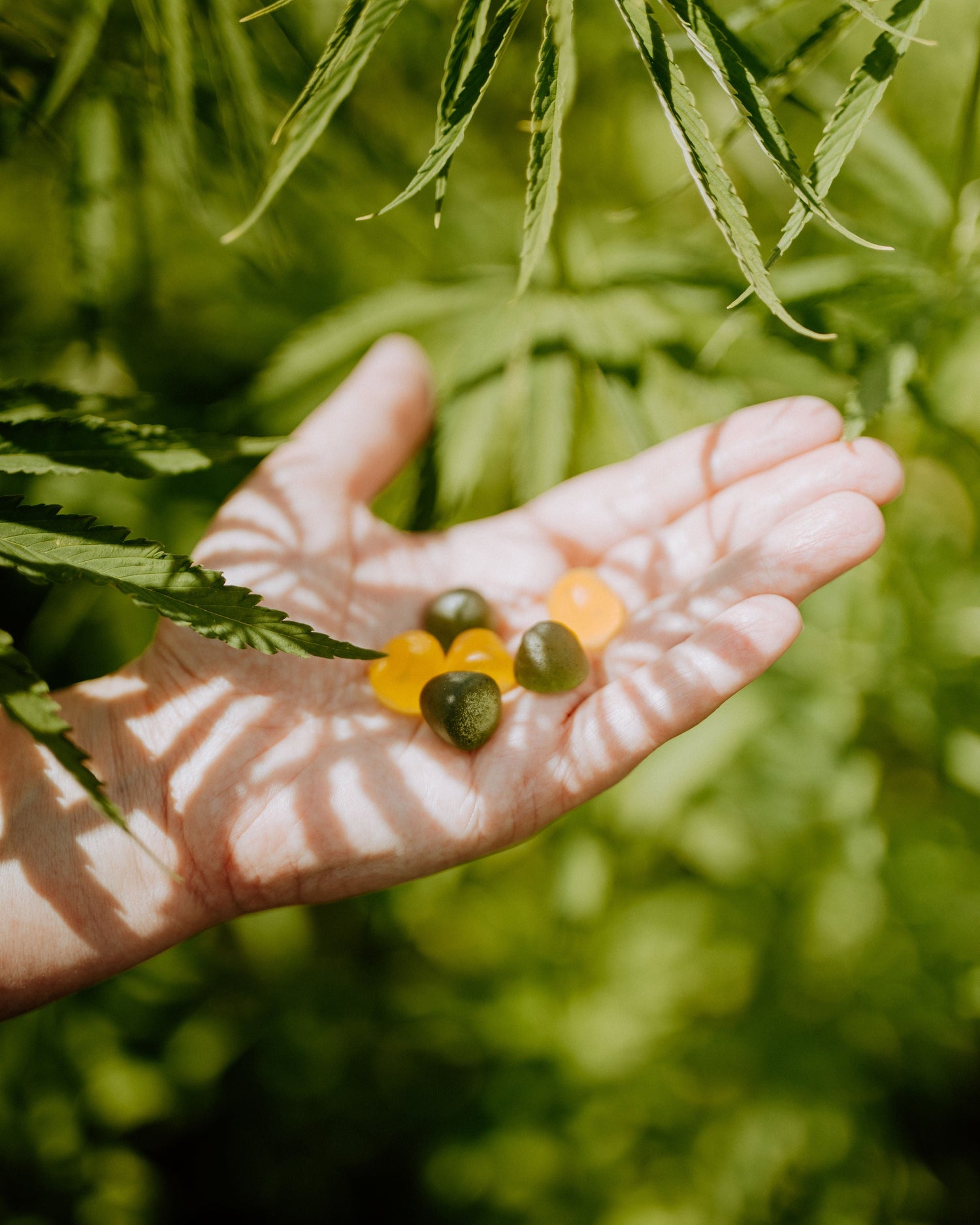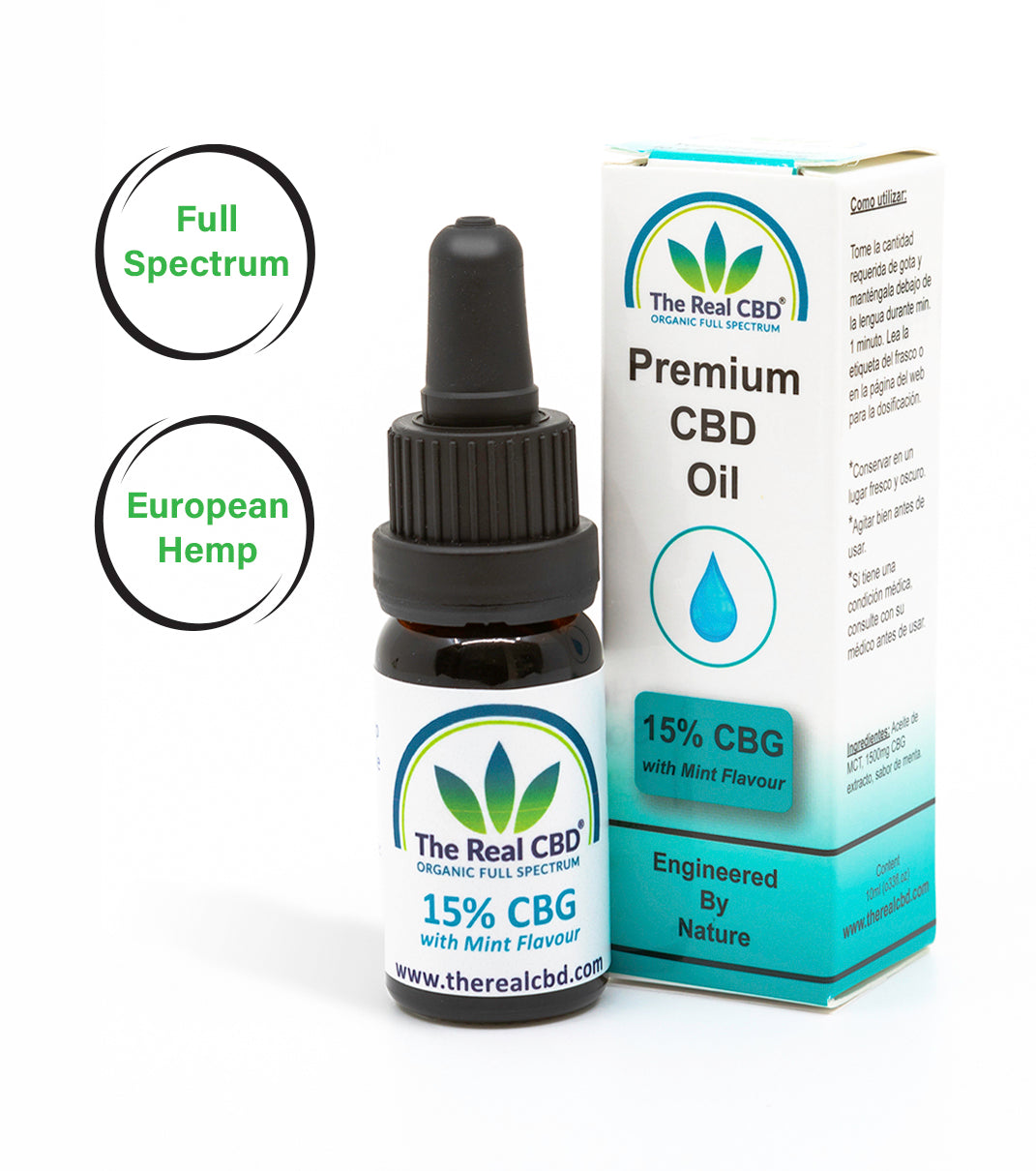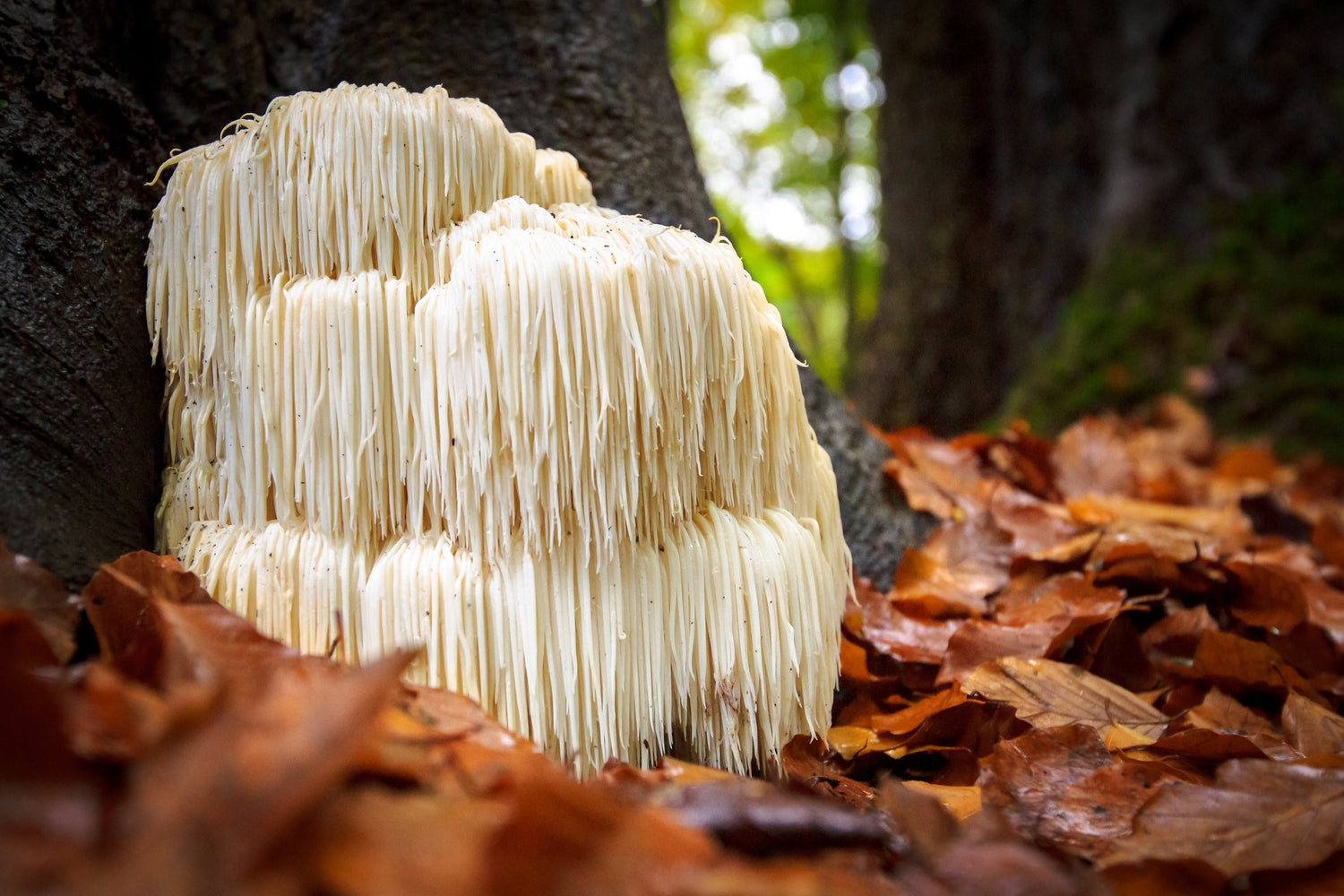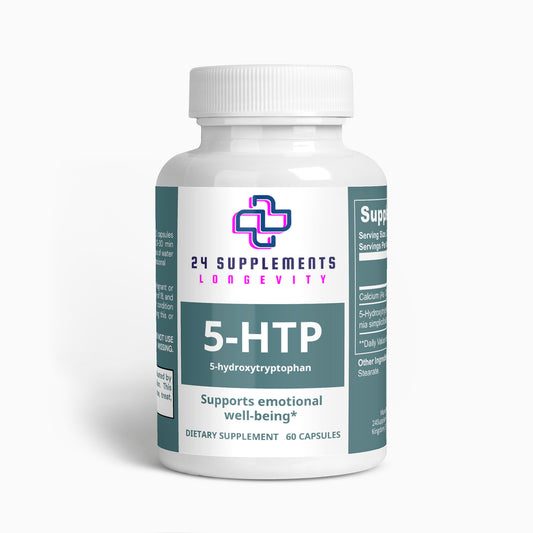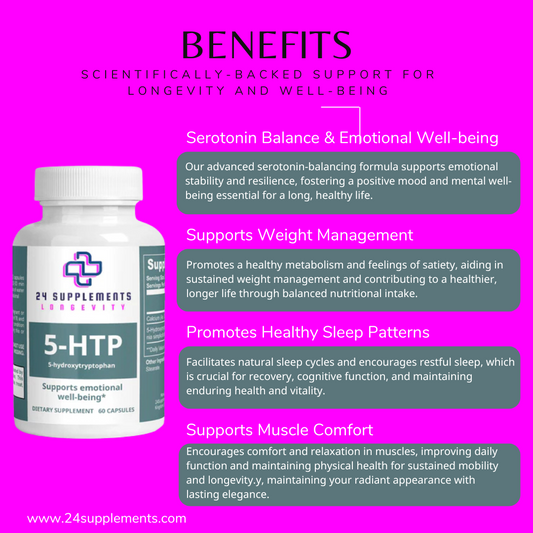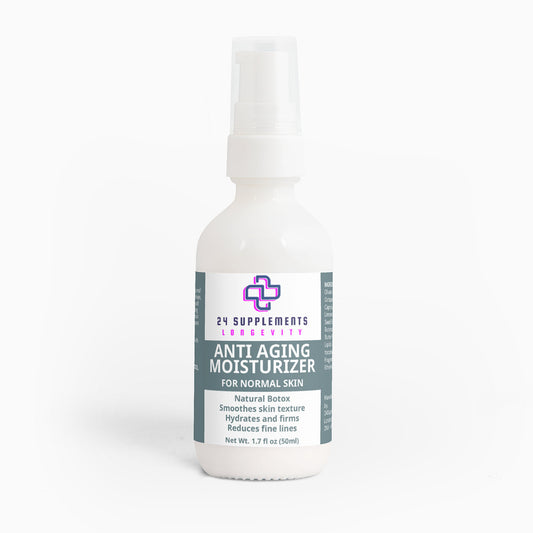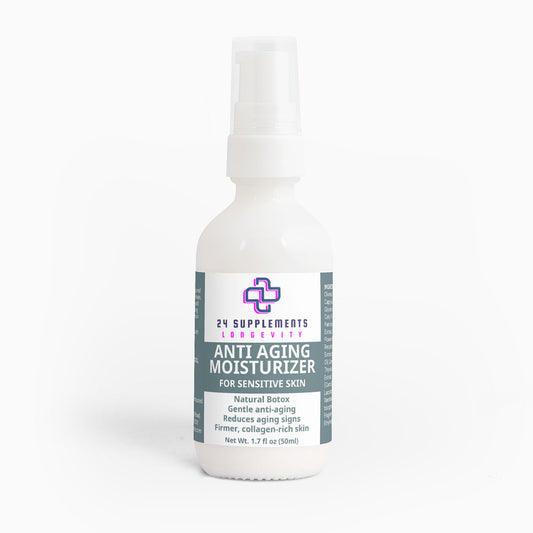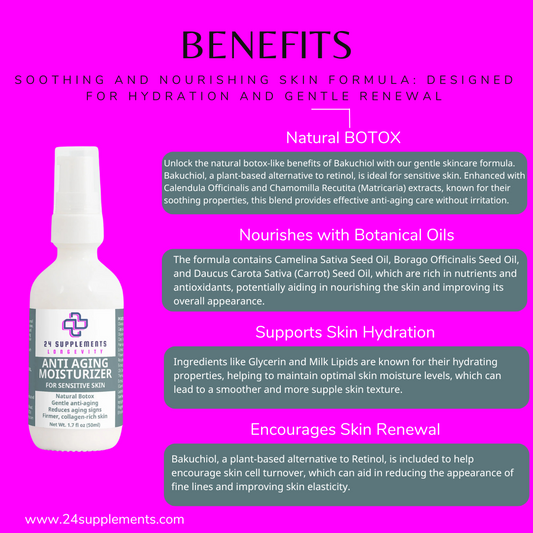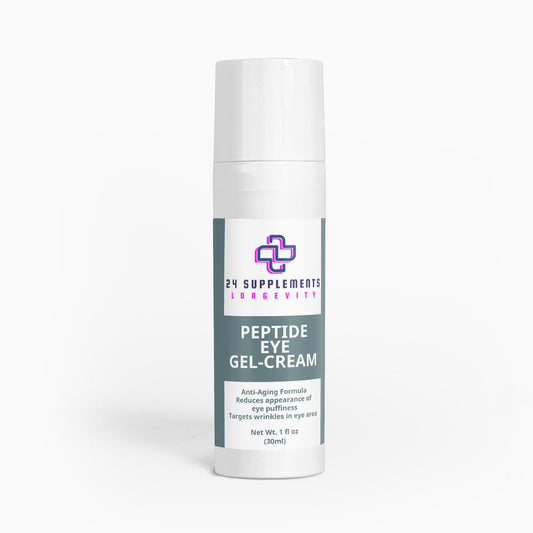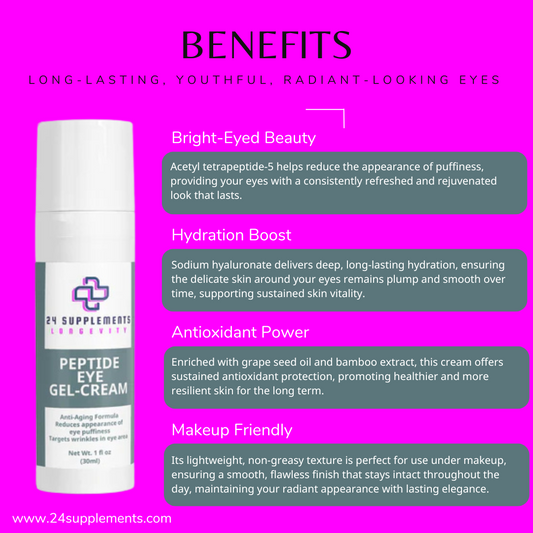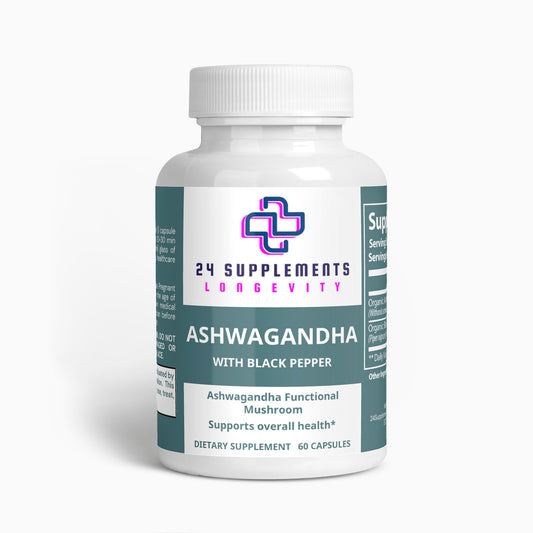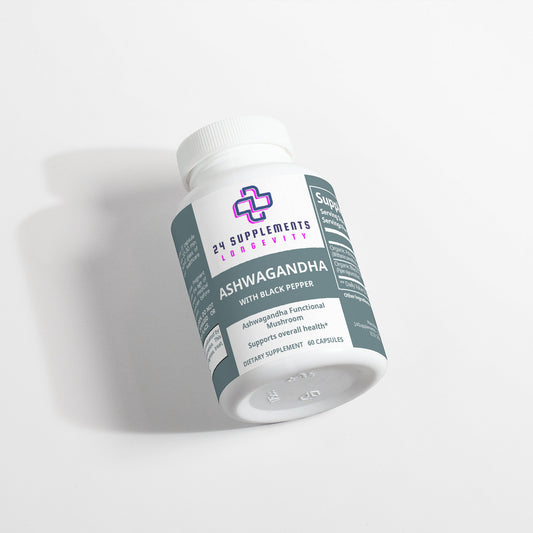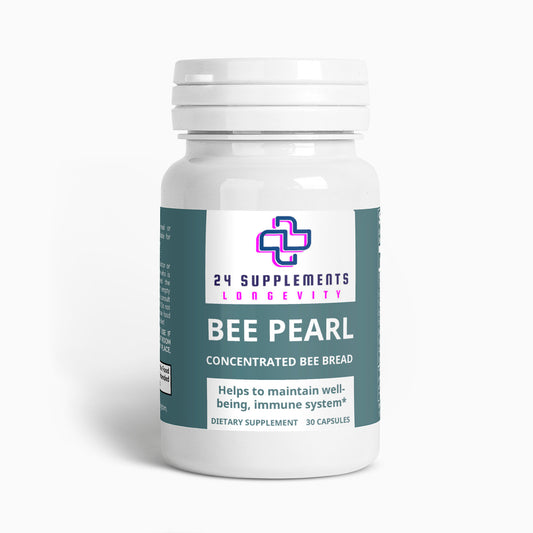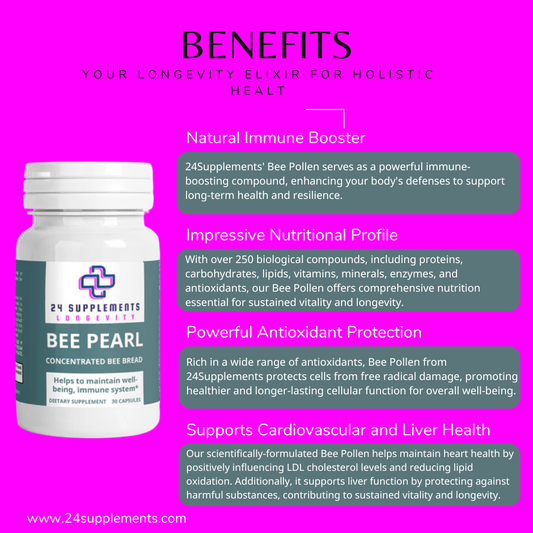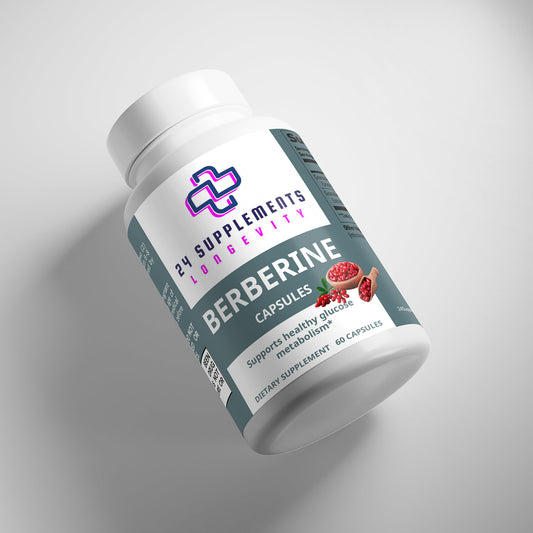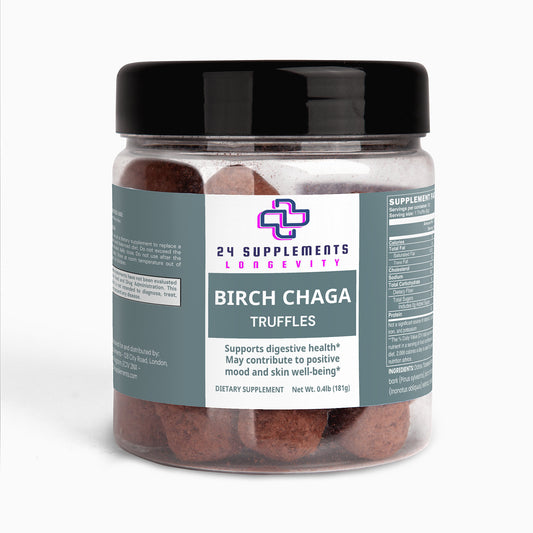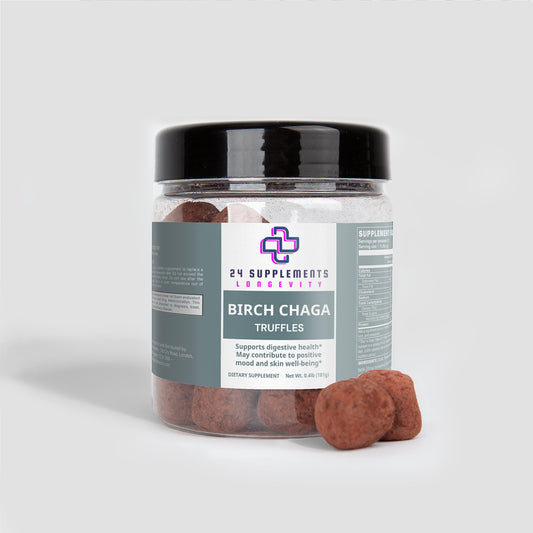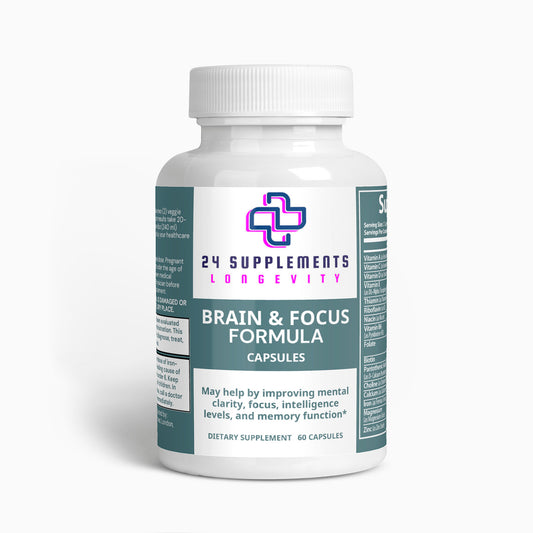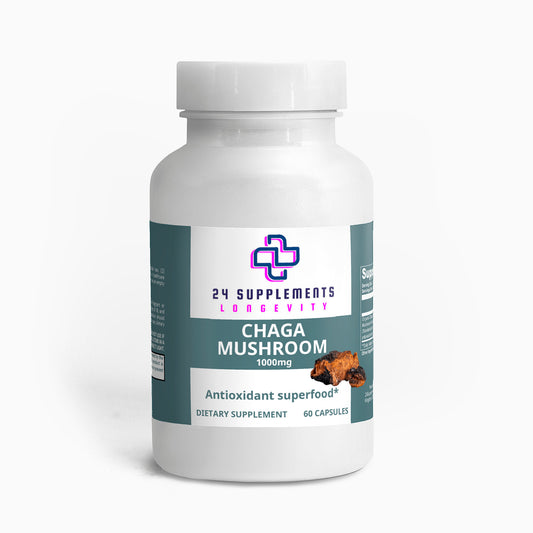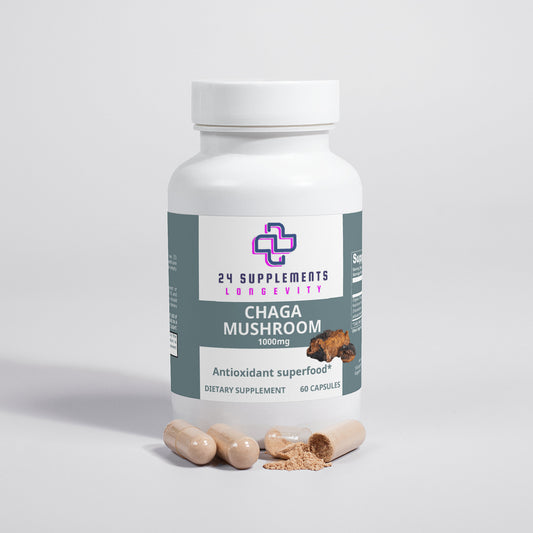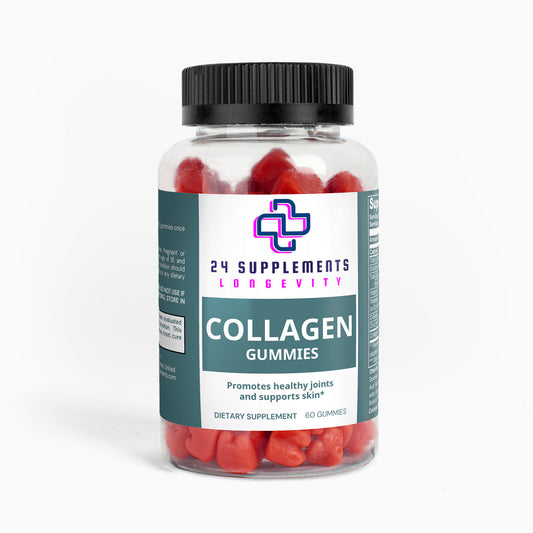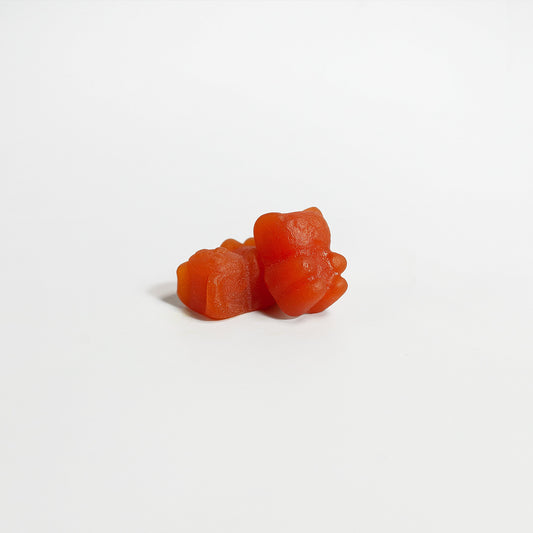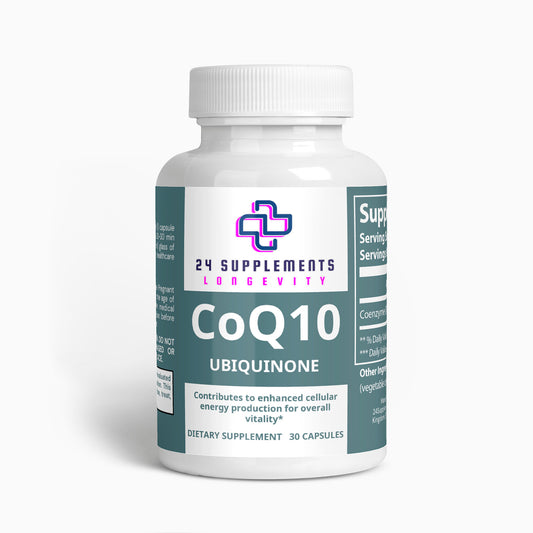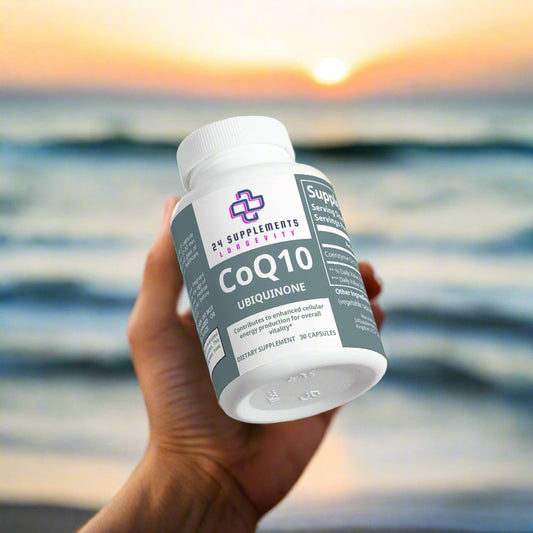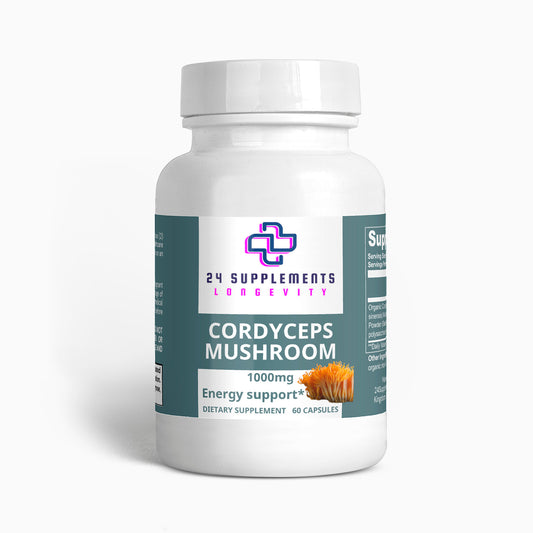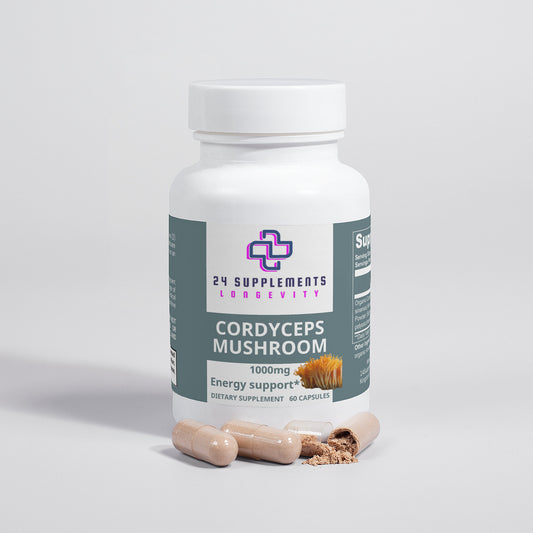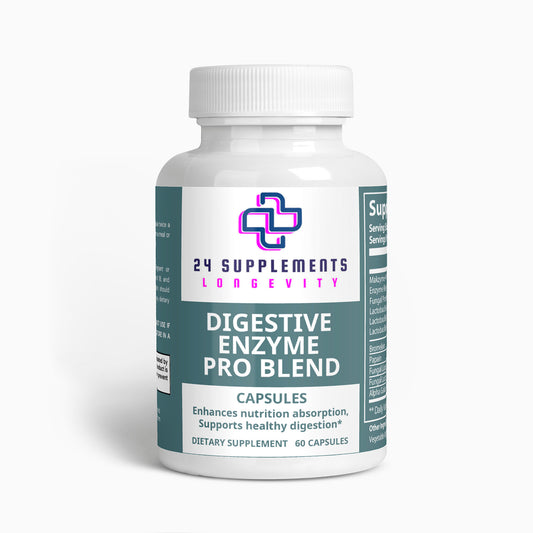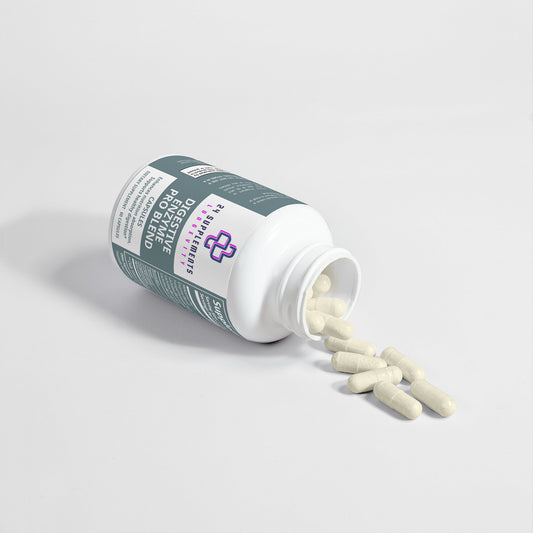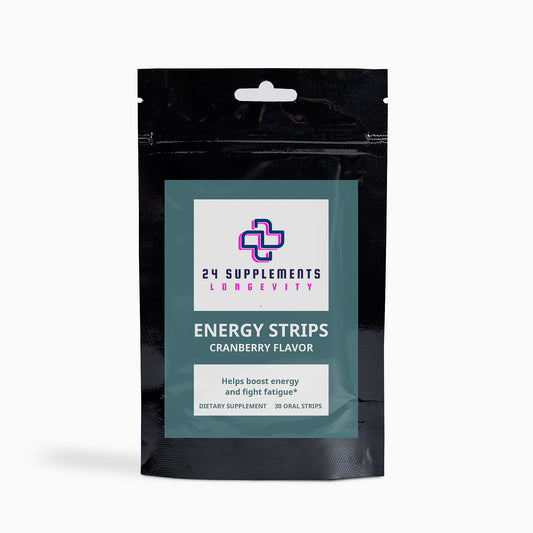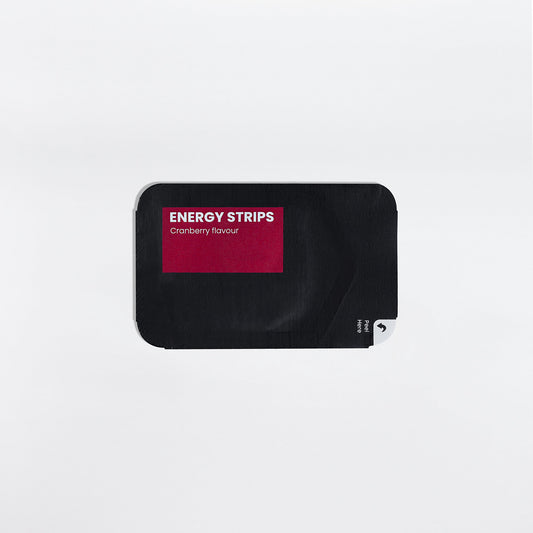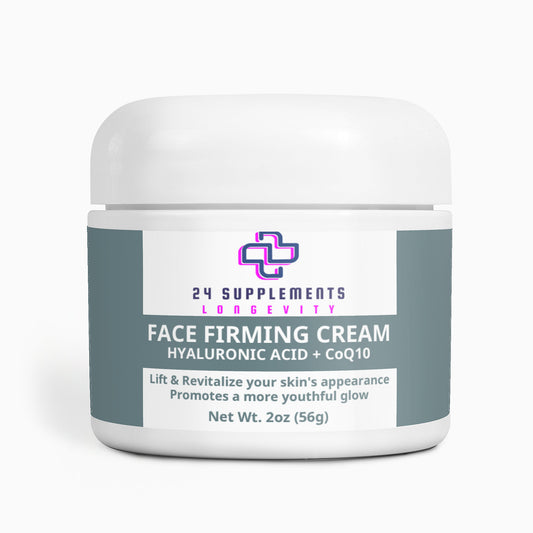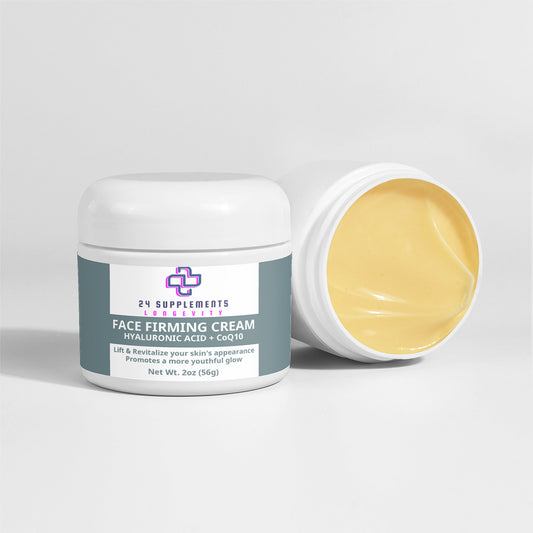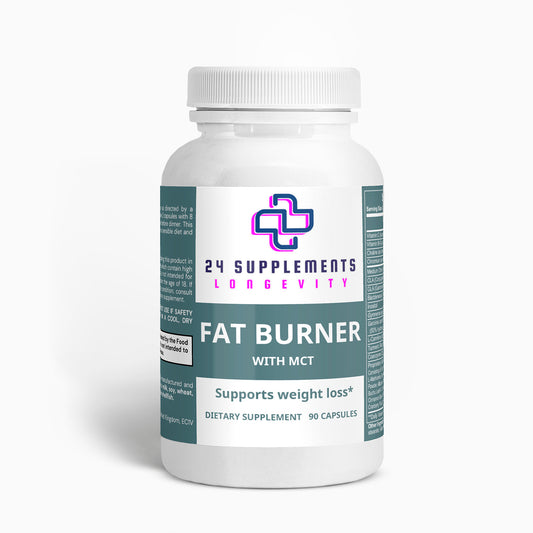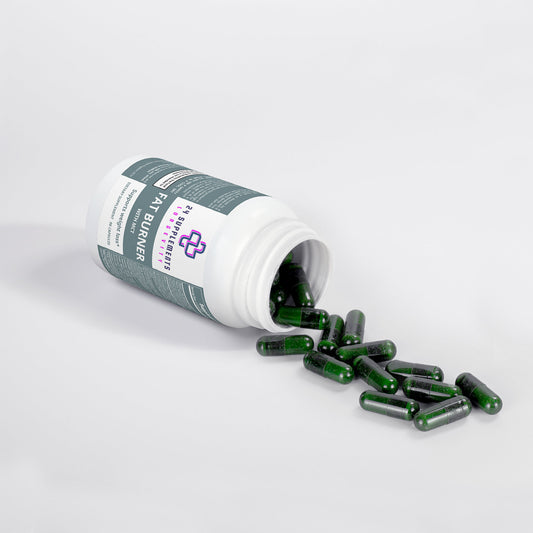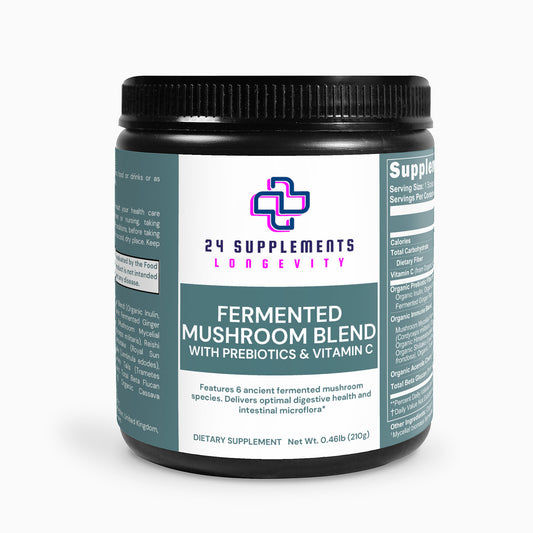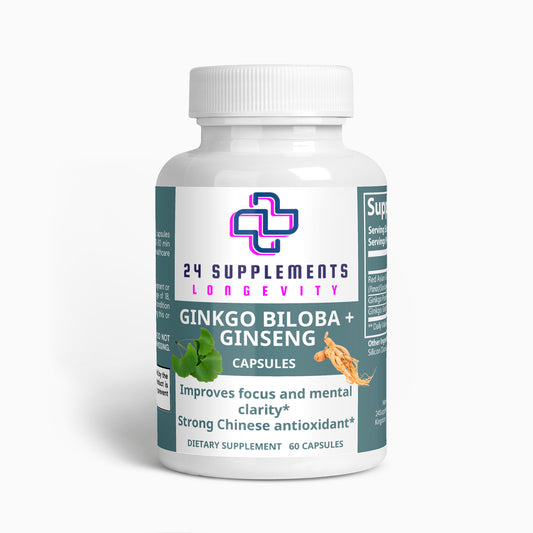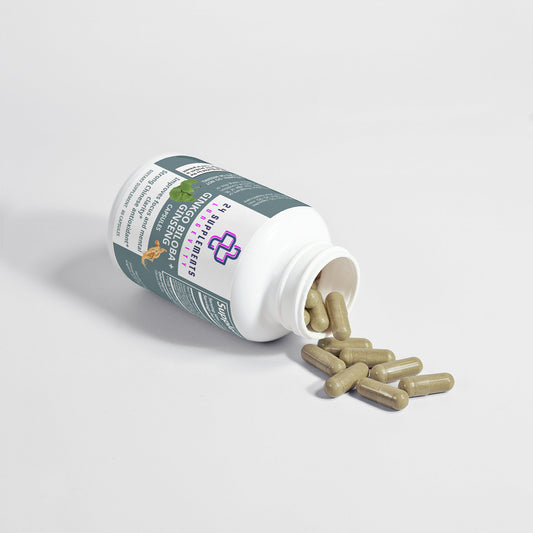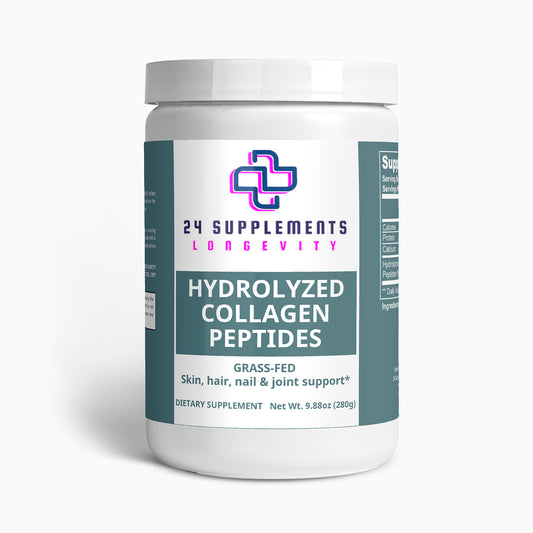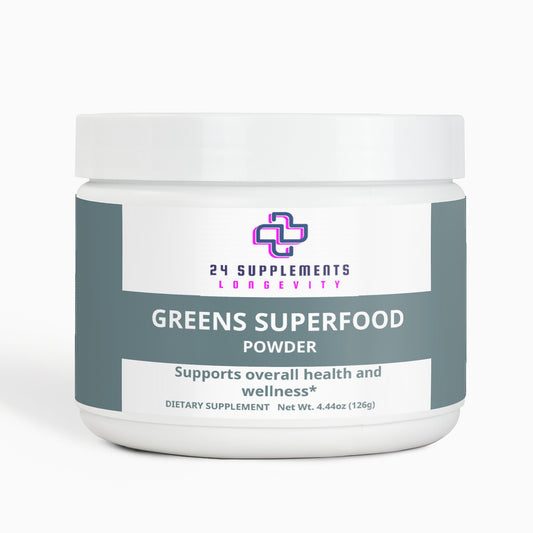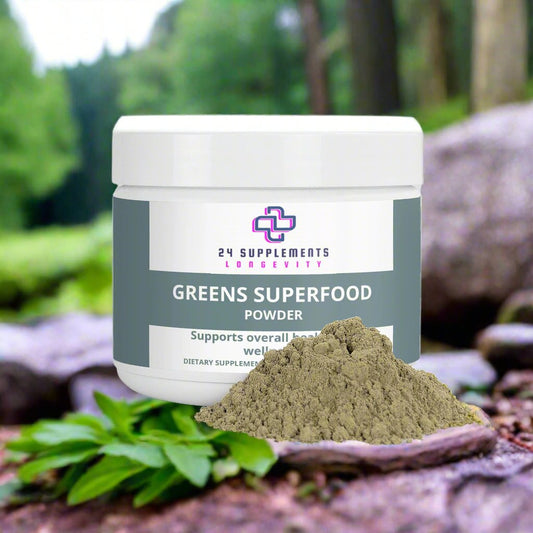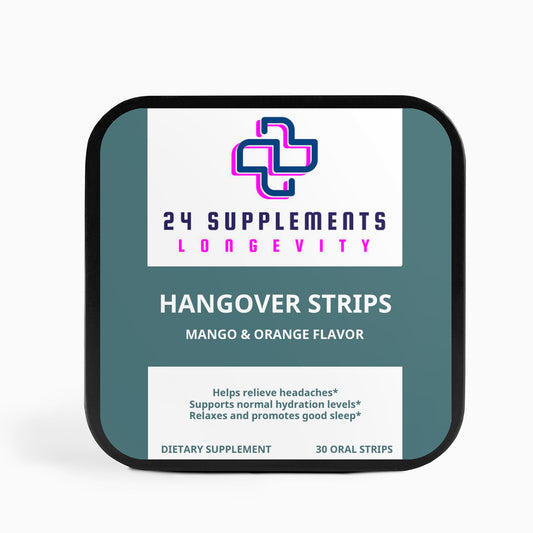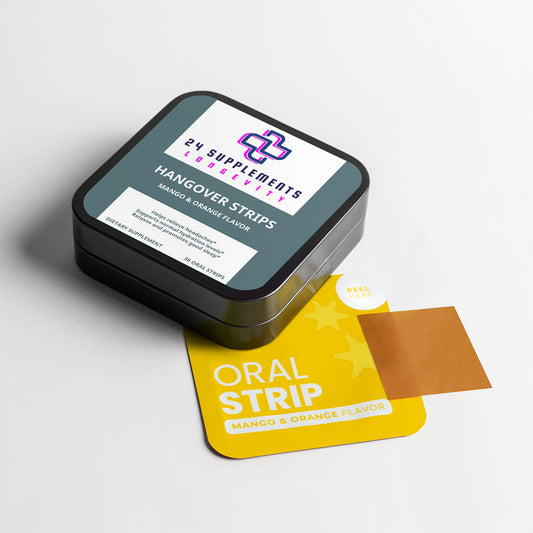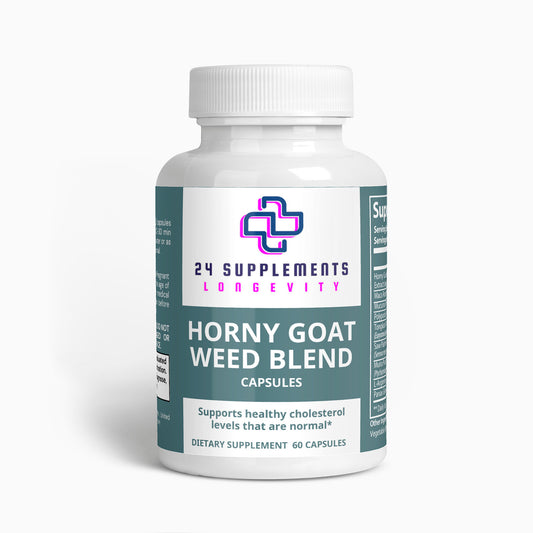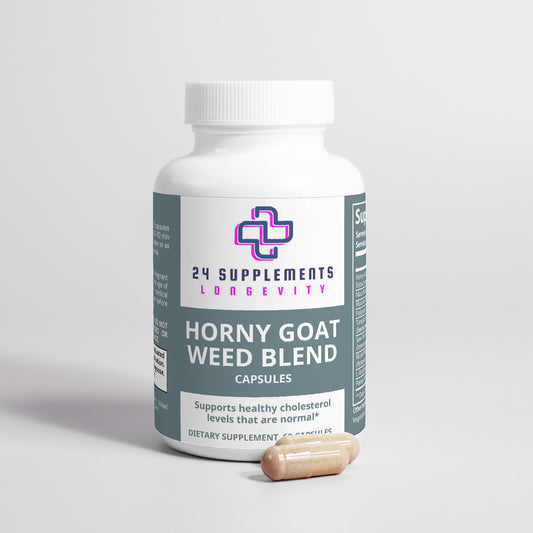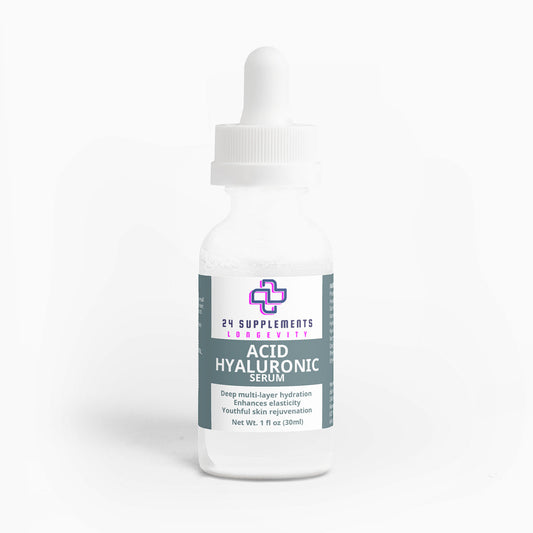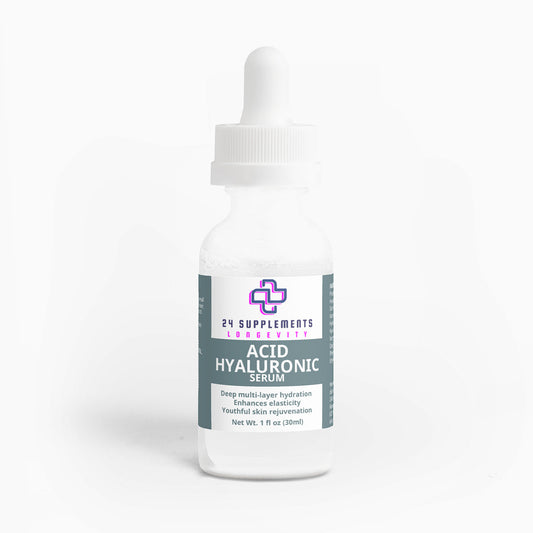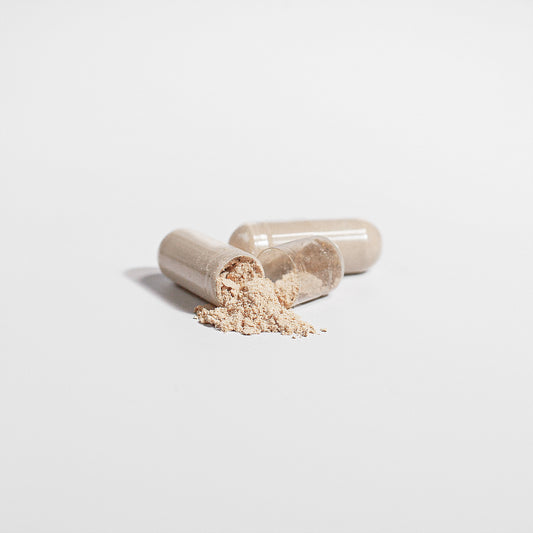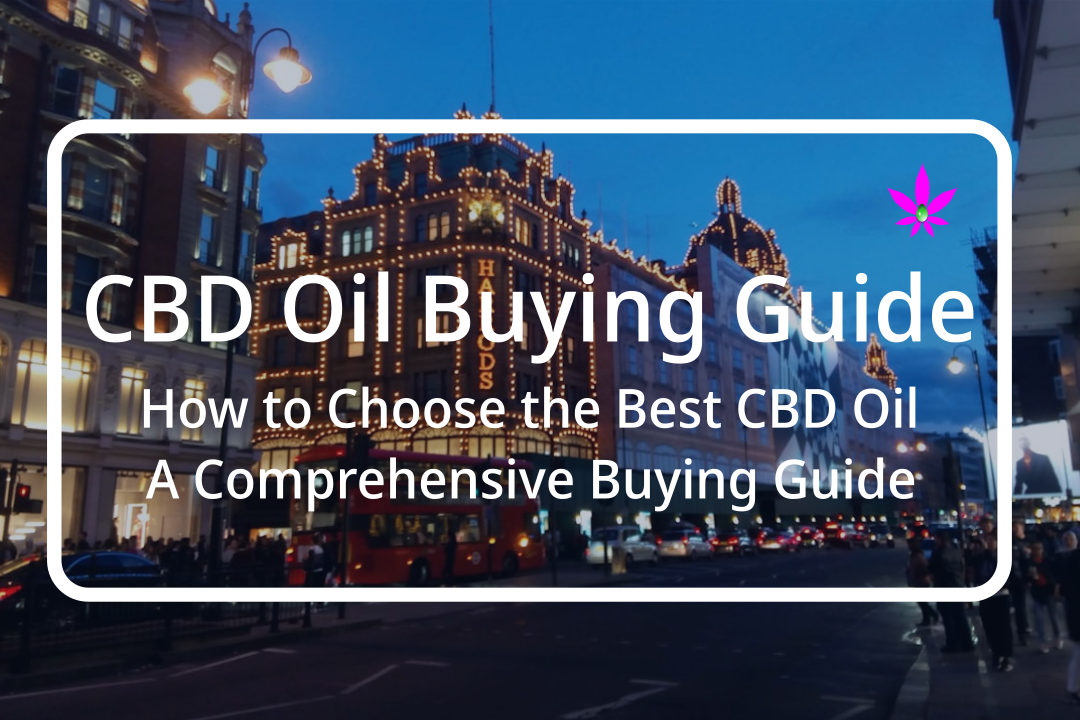
How to Choose the Best CBD Oil: A Comprehensive Buying Guide
Share
How to Choose the Best CBD Oil: A Comprehensive Buying Guide
Published on 24supplements.com
Table of Contents
- Introduction to CBD Oil
- Factors to Consider When Buying CBD Oil
- Common Misconceptions About CBD Oil
- Tips for First-Time Buyers
- Common Mistakes to Avoid
- How to Incorporate CBD Oil into Your Routine
- Conclusion
- Disclaimer
- References
1. Introduction to CBD Oil
CBD oil has gained immense popularity as a natural remedy for various health issues, including pain, anxiety, sleep disorders, and inflammation. With the growing demand, the market is flooded with a wide range of CBD products, making it challenging to choose the best one. This comprehensive buying guide will help you navigate the complexities of selecting high-quality CBD oil that meets your needs.
Understanding the essential factors involved in choosing CBD oil can ensure that you select a product that is both safe and effective. This guide covers everything from the source of hemp to the methods of extraction, helping you make informed decisions in your CBD journey.
2. Factors to Consider When Buying CBD Oil
2.1 Source of Hemp
The source of hemp is a crucial factor in determining the quality of CBD oil. Hemp plants are bioaccumulators, meaning they absorb substances from the soil, including pesticides, heavy metals, and other contaminants. Therefore, it's essential to choose CBD oil derived from organically grown hemp.
Organic farming practices ensure that the hemp is free of harmful chemicals and grown in nutrient-rich soil, resulting in a cleaner and safer product. Look for CBD oil made from hemp grown in the United States or Europe, as these regions have stringent agricultural regulations that promote sustainable and safe farming practices.[1]
Additionally, sourcing hemp from reputable farms that implement sustainable practices can further enhance the quality and environmental friendliness of your CBD oil. Certifications such as USDA Organic or EU Organic are indicators of high farming standards.[2]
2.2 Extraction Methods
The method used to extract CBD from the hemp plant significantly impacts the final product's quality and purity. There are several extraction methods, including:
-
CO2 Extraction: This is considered the gold standard for CBD extraction. It uses supercritical CO2 to pull cannabinoids and other beneficial compounds from the hemp plant. This method preserves the purity and potency of the CBD without leaving behind any harmful solvents.[3]
-
Ethanol Extraction: Ethanol is a common solvent used for extracting CBD. While it's effective and safe, it can sometimes leave behind trace amounts of solvents, which might affect the final product's quality.[4]
-
Hydrocarbon Extraction: This method uses hydrocarbons like butane or propane. It's less common due to the potential for leaving harmful residues and is generally not recommended.[5]
For the highest quality CBD oil, look for products that use CO2 extraction. This method ensures that the CBD is extracted efficiently while maintaining its integrity and potency.
2.2.1 Comparison of Extraction Methods
| Extraction Method | Advantages | Disadvantages |
|---|---|---|
| Supercritical CO2 Extraction | High purity, solvent-free, environmentally friendly | High initial investment, requires technical expertise |
| Ethanol Extraction | Efficient for large-scale production, cost-effective | Requires removal of solvent residues, potential loss of terpenes |
| Hydrocarbon Extraction | Fast extraction process | Potential for harmful residues, less purity |
Table 1: Comparison of different CBD extraction methods.
2.3 Full-Spectrum vs. Broad-Spectrum vs. Isolate
CBD products come in three main forms:
-
Full-Spectrum CBD: Contains all the cannabinoids, terpenes, and other beneficial compounds found in the hemp plant, including trace amounts of THC (less than 0.3%). This type of CBD oil is believed to produce the "entourage effect," where the compounds work synergistically to enhance therapeutic benefits.[6]
-
Broad-Spectrum CBD: Similar to full-spectrum, but with all traces of THC removed. It still provides the entourage effect without the risk of THC-related side effects.
-
CBD Isolate: Pure CBD, with all other cannabinoids and compounds removed. This form is ideal for those who want to avoid THC altogether or are sensitive to other cannabinoids.
Each type has its benefits, so the best choice depends on your specific needs and preferences.
2.3.1 Comparison of CBD Types
| Type of CBD | Contains THC | Entourage Effect | Best For |
|---|---|---|---|
| Full-Spectrum CBD | Yes (trace amounts) | Yes | Those seeking comprehensive therapeutic benefits |
| Broad-Spectrum CBD | No | Yes | Those wanting the entourage effect without THC |
| CBD Isolate | No | No | Those wanting pure CBD without other compounds |
Table 2: Comparison of Full-Spectrum, Broad-Spectrum, and Isolate CBD.
2.4 Potency and Dosage
The potency of CBD oil refers to the concentration of CBD in the product, usually measured in milligrams (mg). Potency can vary widely, from low-potency oils (300 mg) to high-potency oils (3000 mg or more). The right potency depends on your individual needs, the severity of your condition, and your body's response to CBD.
If you're new to CBD, it's recommended to start with a low potency and gradually increase the dosage until you achieve the desired effects. Consulting with a healthcare provider can also help determine the appropriate dosage for your specific needs.[7]
2.4.1 CBD Dosage Recommendations
| Body Weight | Low Dose (mg) | Medium Dose (mg) | High Dose (mg) |
|---|---|---|---|
| Under 100 lbs (45 kg) | 5-10 mg | 10-20 mg | 20-30 mg |
| 100-150 lbs (45-68 kg) | 10-15 mg | 15-30 mg | 30-45 mg |
| Over 150 lbs (68 kg) | 15-20 mg | 20-40 mg | 40-60 mg |
Table 3: Recommended CBD dosage based on body weight.
2.5 Third-Party Lab Testing
Reputable CBD brands provide third-party lab test results to verify the potency, purity, and safety of their products. These tests can confirm that the product contains the advertised amount of CBD and is free from contaminants such as pesticides, heavy metals, and residual solvents.
When choosing a CBD oil, look for brands that offer transparent access to lab reports, often available on their websites or via QR codes on the product packaging. Reviewing these reports can give you confidence in the product's quality and safety.[8]
Key aspects to look for in lab reports include:
-
Potency: Ensures the product contains the advertised amount of CBD.
-
Purity: Confirms the absence of harmful contaminants.
-
Terpene Profile: For full-spectrum and broad-spectrum oils, a detailed terpene profile can indicate the presence of beneficial aromatic compounds.
2.6 Carrier Oils
CBD oil is typically mixed with a carrier oil to improve its absorption and effectiveness. Common carrier oils include:
-
MCT Oil (Medium-Chain Triglycerides): Derived from coconut oil, MCT oil is popular for its ability to enhance CBD absorption and provide additional health benefits.
-
Hemp Seed Oil: Rich in essential fatty acids, hemp seed oil is often used as a carrier oil for its nutritional benefits and synergy with CBD.
-
Olive Oil: Known for its mild flavor and health benefits, olive oil is another common carrier oil used in CBD products.
The choice of carrier oil can affect the taste, texture, and absorption rate of the CBD oil, so consider your preferences and any potential allergies when selecting a product.[9]
2.6.1 Benefits of Different Carrier Oils
Each carrier oil offers unique benefits that can complement your CBD oil:
Figure 2: Comparative benefits of MCT Oil, Hemp Seed Oil, and Olive Oil as carrier oils.
3. Common Misconceptions About CBD Oil
3.1 CBD Oil Will Get You High
One of the most prevalent misconceptions about CBD oil is that it will get you high. Unlike THC, CBD is non-psychoactive, meaning it does not produce the "high" associated with marijuana use. Full-spectrum CBD products do contain trace amounts of THC (less than 0.3%), but this amount is not enough to cause intoxication.[10]
3.2 All CBD Oils Are the Same
Not all CBD oils are created equal. The quality, potency, and purity of CBD products can vary significantly depending on the source of hemp, extraction methods, and manufacturing practices. It's essential to choose high-quality CBD oil from reputable brands to ensure safety and effectiveness.[11]
3.3 CBD Is Addictive
CBD is not addictive and does not produce dependence. According to a report by the World Health Organization, CBD is generally well-tolerated and has a good safety profile. It does not exhibit effects indicative of any abuse or dependence potential.[12]
4. Tips for First-Time Buyers
4.1 Research Brands
Before purchasing CBD oil, take the time to research different brands. Look for companies with a good reputation, transparent practices, and positive customer reviews. Check if they provide third-party lab test results and source their hemp from reputable farms.[13]
4.2 Start with a Low Dose
If you're new to CBD, it's best to start with a low dose and gradually increase it until you find the right amount for your needs. This approach allows you to gauge your body's response to CBD and minimize the risk of side effects.
4.3 Consider Your Health Conditions
If you have any pre-existing health conditions or are taking medications, consult with a healthcare provider before starting CBD oil. They can provide guidance on potential interactions and help determine the appropriate dosage for your situation.[14]
4.4 Be Patient
CBD affects everyone differently, and it may take some time to notice the benefits. Be patient and consistent with your usage, and give your body time to adjust. Some people may experience immediate effects, while others may need to use CBD for several weeks to see significant improvements.
5. Common Mistakes to Avoid
5.1 Ignoring Lab Reports
Third-party lab reports are essential for verifying the quality and safety of CBD products. Avoid brands that do not provide lab reports or have inconsistent results. Reviewing lab reports can help you avoid products with contaminants or inaccurate CBD concentrations.[15]
5.2 Choosing Based on Price Alone
While affordability is important, choosing the cheapest CBD oil available may not be the best decision. Low-priced products often compromise on quality, potency, and purity. Instead, look for products that offer a good balance of quality and value.[16]
5.3 Overlooking the Extraction Method
The extraction method used to produce CBD oil significantly impacts its quality and safety. Avoid products made with hydrocarbon extraction, as they may contain harmful residues. CO2 extraction is the preferred method for producing high-quality CBD oil.[17]
5.4 Not Considering the Type of CBD
Understanding the differences between full-spectrum, broad-spectrum, and isolate CBD is crucial for selecting the right product. Consider your specific needs, such as avoiding THC or seeking the entourage effect, when choosing the type of CBD oil.[18]
6. How to Incorporate CBD Oil into Your Routine
6.1 Sublingual Administration
One of the most common ways to use CBD oil is by placing it under the tongue (sublingual administration). This method allows the CBD to be absorbed directly into the bloodstream through the mucous membranes, providing quick and effective relief. To use, simply place the desired amount of oil under your tongue, hold it there for about 60 seconds, and then swallow.
6.2 Adding to Food and Beverages
If you prefer a more discreet or enjoyable way to consume CBD oil, you can add it to your food or beverages. CBD oil can be mixed into smoothies, coffee, salad dressings, and other recipes. Keep in mind that ingestion takes longer to take effect as the CBD must pass through the digestive system.
6.3 Topical Applications
CBD oil can also be applied topically to the skin. This method is particularly useful for targeting localized pain or inflammation, such as sore muscles or joint pain. CBD-infused creams, balms, and lotions are popular options for topical use. Simply apply the product to the affected area and massage it in for relief.
6.4 Combining with Other Supplements
CBD oil can be combined with other supplements to enhance its effects. For example, combining CBD with melatonin can improve sleep quality, while combining it with turmeric can boost anti-inflammatory benefits. Always consult with a healthcare provider before combining CBD with other supplements to ensure safety and efficacy.[19]
6.5 Benefits of Different CBD Types
Understanding the benefits of full-spectrum, broad-spectrum, and isolate CBD can help you choose the right product for your needs. The following chart illustrates the potential benefits of each type:
Figure 3: Distribution of benefits among Full-Spectrum, Broad-Spectrum, and Isolate CBD types.
Each type of CBD offers unique advantages. Full-Spectrum CBD provides a comprehensive range of cannabinoids and terpenes that work together synergistically, enhancing overall efficacy through the entourage effect. Broad-Spectrum CBD offers similar benefits without the presence of THC, making it suitable for those who wish to avoid THC entirely. CBD Isolate, being pure CBD, is ideal for individuals who require precise dosages without any other cannabinoids.
7. Conclusion
Choosing the best CBD oil involves careful consideration of various factors, including the source of hemp, extraction methods, potency, third-party lab testing, and the type of CBD. By understanding these factors and avoiding common mistakes, you can select a high-quality product that meets your needs and provides the desired benefits.
CBD oil offers a natural and effective solution for managing various health issues, from anxiety and pain to sleep disorders and inflammation. Whether you're new to CBD or looking to switch products, this comprehensive guide can help you make informed decisions and incorporate CBD oil into your wellness routine.
By taking the time to research and choose the right CBD oil, you can maximize its potential benefits and improve your overall health and well-being. Remember to start with a low dose, be patient, and consult your doctor.
Quote: "As someone who has delved deep into the world of CBD oil, I understand the challenges of selecting the right product. This guide simplifies the process, ensuring that both newcomers and seasoned users can make informed choices," says the founder of 24supplements.com.
8. Disclaimer
This article is for educational purposes only and is based on the latest science and research. It is not a recommendation. Please consult your doctor and obey local laws. 24supplements.com is not liable for any actions taken based on this information.
Explore our latest CBD oil products and read our blog post on The Benefits of CBD Oil.
9. References
- American Organic - Organic Farming Practices
- Healthline - Full-Spectrum CBD Benefits
- National Center for Biotechnology Information - Ethanol Extraction of CBD
- National Center for Biotechnology Information - Hydrocarbon Extraction Risks
- World Health Organization - CBD and Psychoactivity
- National Center for Biotechnology Information - CBD Dosage Guidelines
- Healthline - Importance of Third-Party Lab Testing
- Medical News Today - Benefits of Different Carrier Oils
- World Health Organization - Cannabidiol (CBD)
- Healthline - CBD Oil Extraction Methods
- World Health Organization - CBD Safety Profile
- National Center for Biotechnology Information - Brand Research for CBD
- National Center for Biotechnology Information - CBD and Health Conditions
- Healthline - Importance of Lab Reports
- National Center for Biotechnology Information - Price vs. Quality in CBD Products
- Healthline - Extraction Method Overlook
- Healthline - Types of CBD Oil
- National Center for Biotechnology Information - CBD and Supplements
- National Center for Biotechnology Information - Combining CBD with Supplements
